Índice
- What Are Cannabis Strains?
- How Many Different Cannabis Strains Exist Today?
- Why Are Different Strains Important for Medicinal Cannabis Use?
- How Are Strains of Cannabis Classified?
- How Do People Describe Different Effects of Cannabis?
- How Can You Explore New Strains and Cannabis Products?
- What Are a Few Strains That Stand Out?
- How Do THC and Active Compounds Affect Users?
- How Many Strains Are Created by Different Growers?
- Conclusion
- Works Cited
Cannabis has been cultivated for thousands of years, and its diverse varieties continue to grow in popularity. But exactly how many different weed strains are there? From medicinal cannabis to recreational purposes, understanding the different strains of cannabis can help you find the right product for your needs.
What Are Cannabis Strains?
What Makes a Cannabis Strain Unique?
Cannabis strains are distinct varieties of the cannabis plant. Each strain has unique characteristics, including chemical compounds, THC content, and effects on the body and mind.
- Cannabis sativa and cannabis indica are the two primary species, with cannabis ruderalis less commonly used.
- Strains can be pure indica, pure sativa, or hybrids that combine traits from multiple species.
- Unique characteristics arise from light conditions, growing methods, and different growers.
How Do Sativa and Indica Strains Differ?
- Sativa strains tend to have thin leaves, a sativa dominant strain often provides a head high, and they are known for energizing effects.
- Indica strains usually produce a body high and are preferred for relaxation, pain management, and chronic pain relief.
- Some strains, such as Afghan Kush or Hindu Kush, are pure indica and known for strong medicinal cannabis benefits.
How Many Different Cannabis Strains Exist Today?
The exact number of different cannabis strains is difficult to pinpoint due to continuous breeding and experimentation.
- There are hundreds of officially recognized strains, with new strains constantly emerging.
- Popular strains include Blue Dream, Northern Lights, Sour Diesel, Purple Kush, and Island Sweet Skunk.
- Hybrid strains are created by combining two strains to maximize certain effects or THC concentration.
What Influences the Variety of Strains?
- Genetics: Different species and hybrids contribute to new strains.
- Chemical compounds: Cannabinoids and terpenes impact medicinal cannabis use and recreational effects.
- Environmental factors: Light conditions, soil, and cultivation practices change the plant’s characteristics.
Why Are Different Strains Important for Medicinal Cannabis Use?
Different cannabis strains offer varying medicinal properties.
- Pain management: Some strains are better for neuropathic pain, chronic pain, or multiple sclerosis.
- Mental health: Certain strains may help with mood disorders or chronic fatigue.
- THC content: High THC strains may be suitable for recreational purposes, while low THC or CBD-rich strains are often preferred for medical marijuana patients.
- Body vs. head high: Indica strains generally create a calming body high, whereas sativa strains offer a more stimulating head high.
How Are Strains of Cannabis Classified?
- By species: Cannabis sativa, cannabis indica, and cannabis ruderalis.
- By THC content: High THC strains vs. lower THC strains.
- By medicinal use: Some strains target chronic pain, mental health, or neuropathic pain.
- By hybrid combination: Sativa dominant strain, indica dominant strain, or balanced hybrids.
What Role Does Scientific Research Play?
- Animal studies and strain analysis help understand psychoactive effects and medicinal cannabis use.
- Scientific reports provide insights on average THC content, active compounds, and substitution effects.
- Medicinal cannabis cohorts help identify which strains benefit patients with chronic pain, mood disorders, or other health conditions.
How Do People Describe Different Effects of Cannabis?
- Users often describe unique characteristics like a head high, body high, or mood alteration.
- Some strains provide energy and creativity, while others promote relaxation and sleep.
- The psychoactive effects depend on THC concentration, chemical compounds, and the combination of different cannabinoids and terpenes.
How Can You Explore New Strains and Cannabis Products?
Trying new strains helps people discover what works best for them. Popular options include:
- Bestseller cannabis products
- Psychoactive cannabinoids
- Relaxation-focused strains
- Kratom products
- Nicotine vape options
What Are a Few Strains That Stand Out?
- Blue Dream: Popular hybrid with balanced effects.
- Northern Lights: Famous indica for pain management.
- Sour Diesel: Sativa dominant strain with energizing properties.
- Purple Kush: Pure indica with strong THC content.
- Island Sweet Skunk: Known for its uplifting mood effects.
- Afghan Kush and Green Kush: Classic strains with medicinal cannabis use.
How Do THC and Active Compounds Affect Users?
- THC concentration directly influences psychoactive effects.
- Chemical compounds and certain terpenes contribute to specific strains’ benefits.
- People describe strong highs, mood improvements, or sedation based on THC content and strain selection.
How Many Strains Are Created by Different Growers?
- Each grower may develop new strains or slight variations of existing ones.
- Breeding techniques, light conditions, and hybrid combinations contribute to endless possibilities.
- This is why the question “how many different weed strains are there” is continually evolving.
Conclusion
There is no fixed number for how many different weed strains are there, as cannabis breeding continuously produces new strains. From cannabis sativa and cannabis indica to hybrid strains, each offers unique effects and benefits. Medicinal cannabis users, recreational enthusiasts, and researchers all contribute to understanding and developing the diversity of cannabis strains. For more information, explore the range of Canapuff cannabis products to find strains that match your needs.
Explore Cannabis Strains at Canapuff: Canapuff Collection
Works Cited
- National Institute on Drug Abuse. "Is Marijuana Safe and Effective as Medicine?" NIDA, 2023, https://www.drugabuse.gov/publications/research-reports/marijuana/marijuana-safe-effective-medicine.
- European Monitoring Centre for Drugs and Drug Addiction. "Cannabis Overview." EMCDDA, 2023, https://www.emcdda.europa.eu/publications/topic-overviews/cannabis_en.
- Russo, Ethan B. "Taming THC: Potential Cannabis Synergy and Phytocannabinoid-Terpenoid Interactions." British Journal of Pharmacology, vol. 163, no. 7, 2011, pp. 1344–1364.
- Smart, Richard, et al. "Patterns of Cannabis Use and Health Outcomes." International Journal of Drug Policy, vol. 74, 2020, 102635.
- World Health Organization. "Cannabis: Factsheet." WHO, 2023, https://www.who.int/news-room/fact-sheets/detail/cannabis.









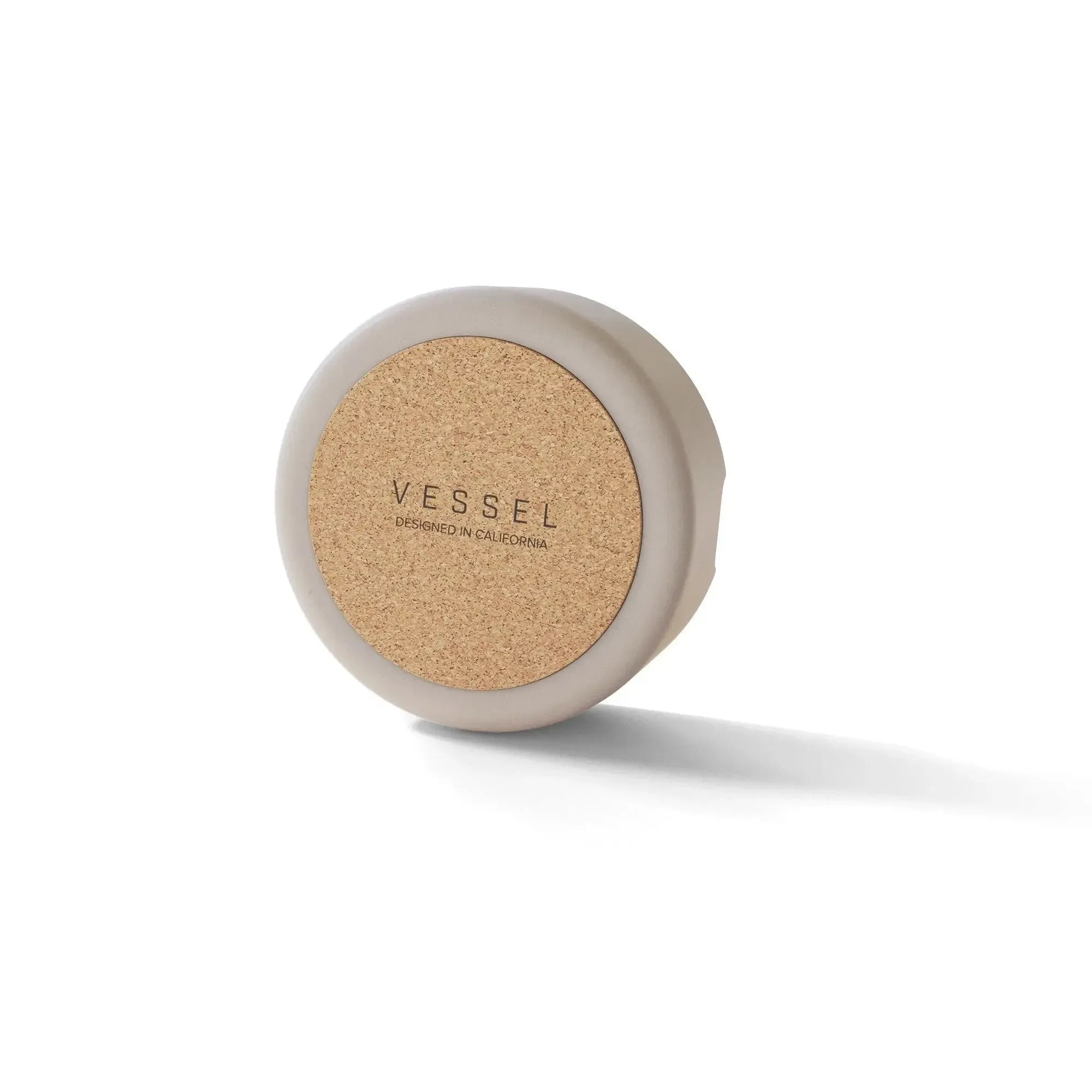
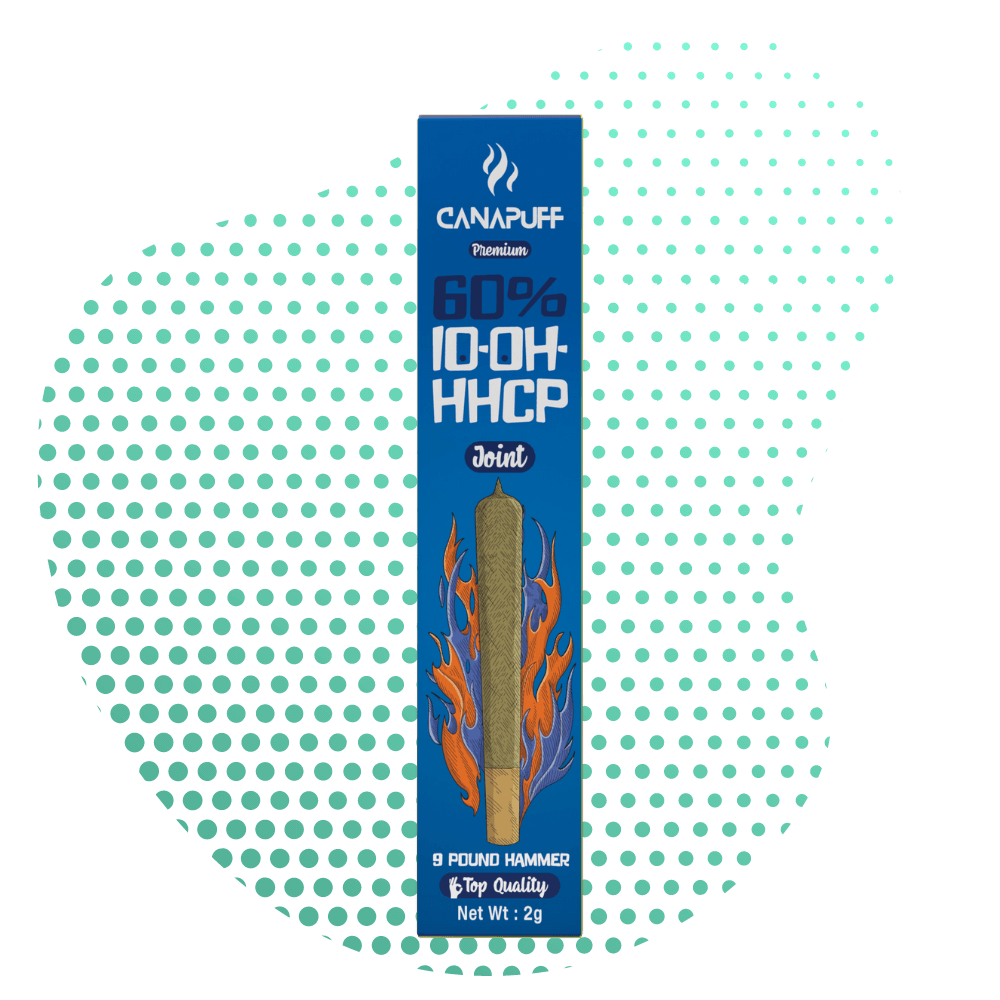
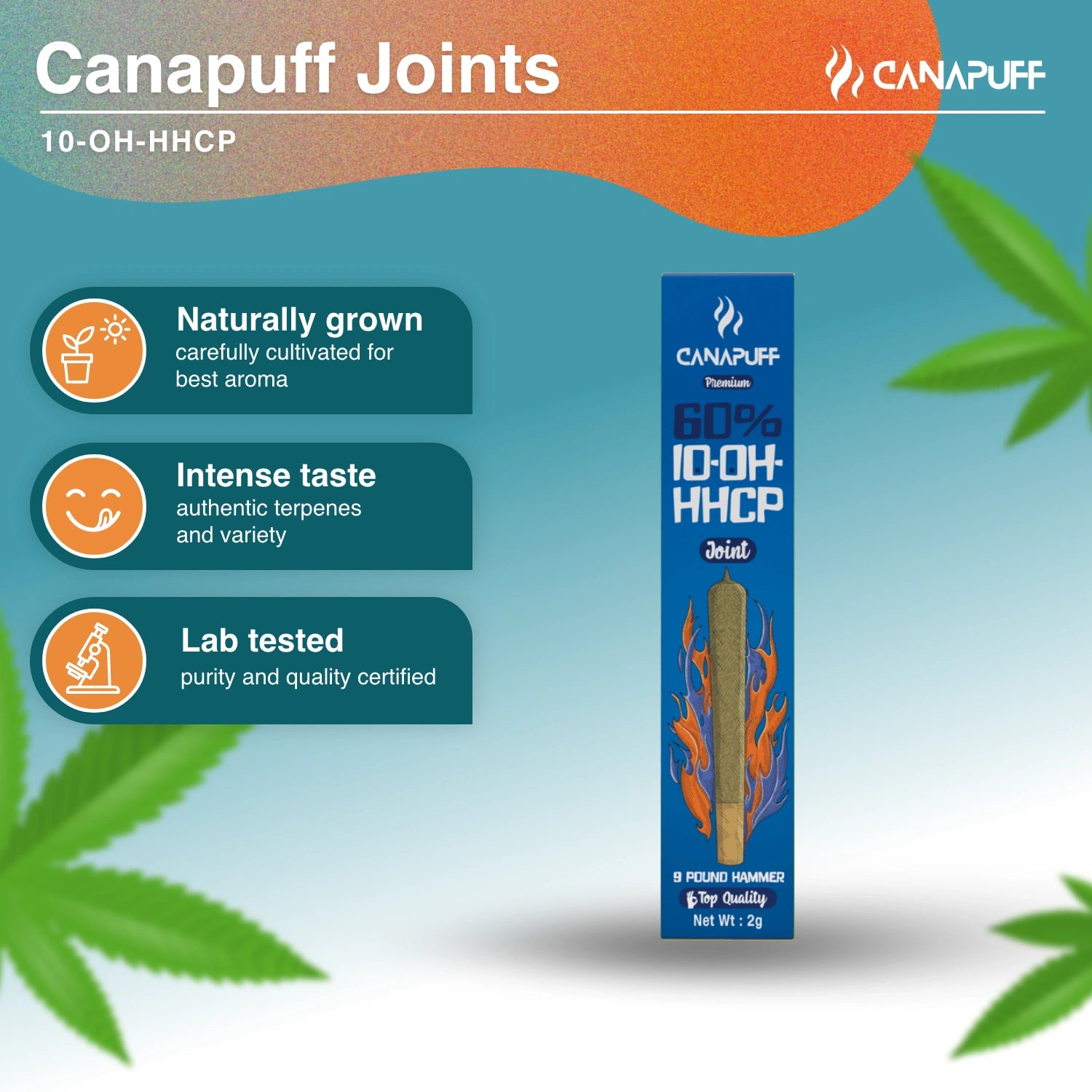

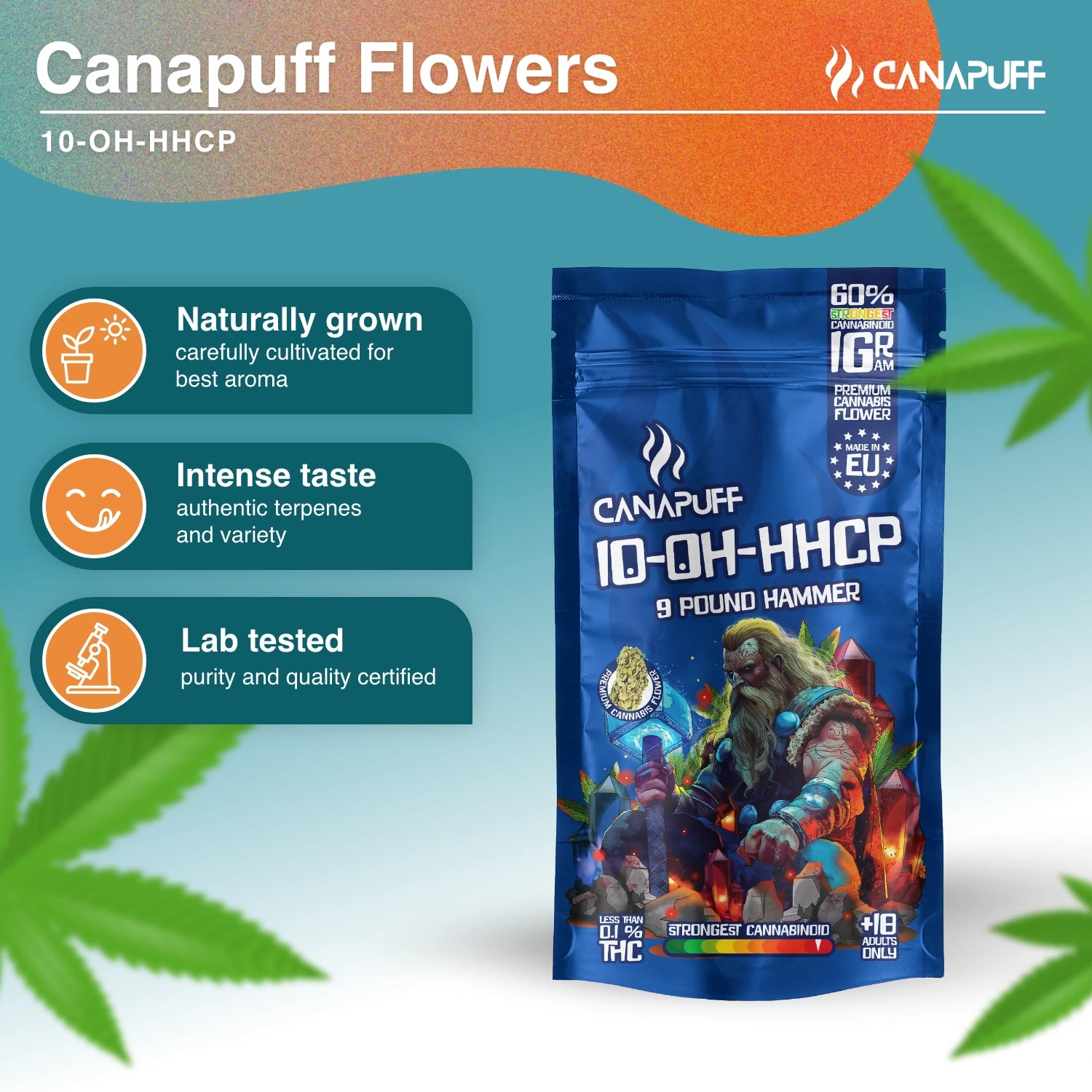
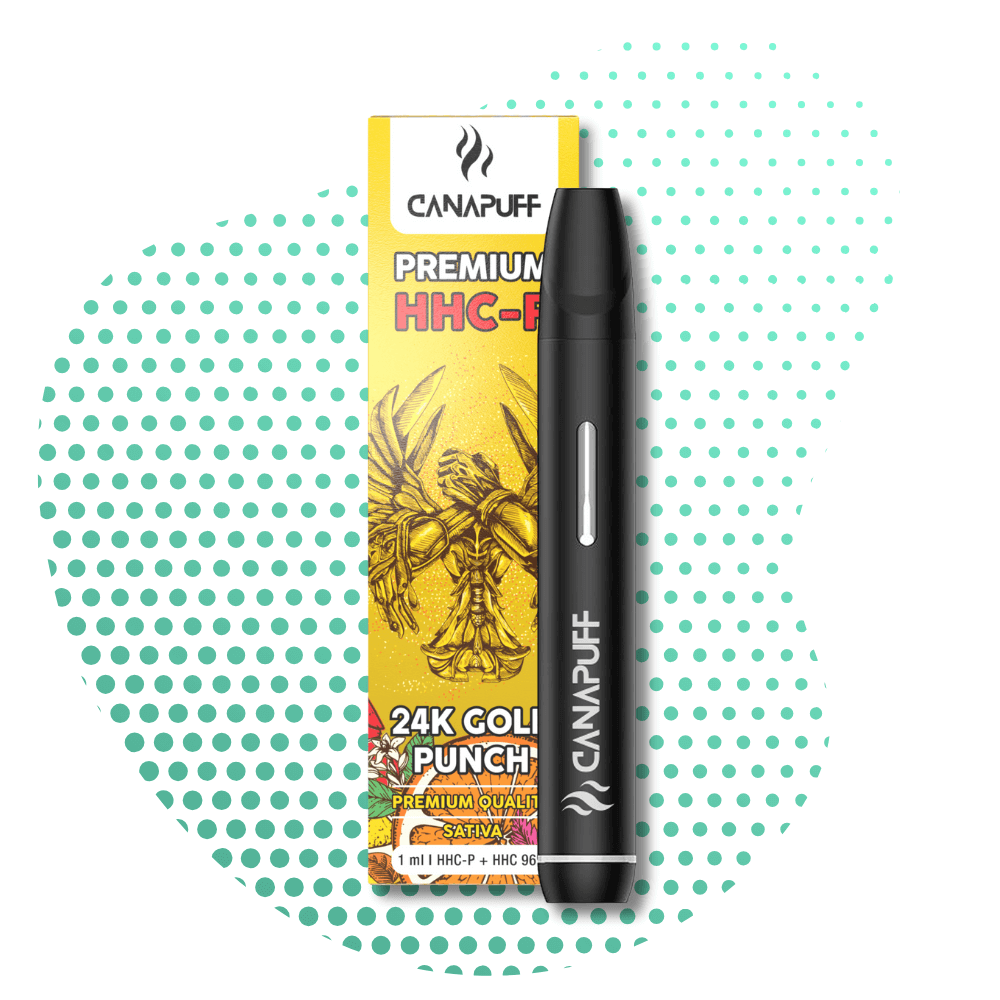




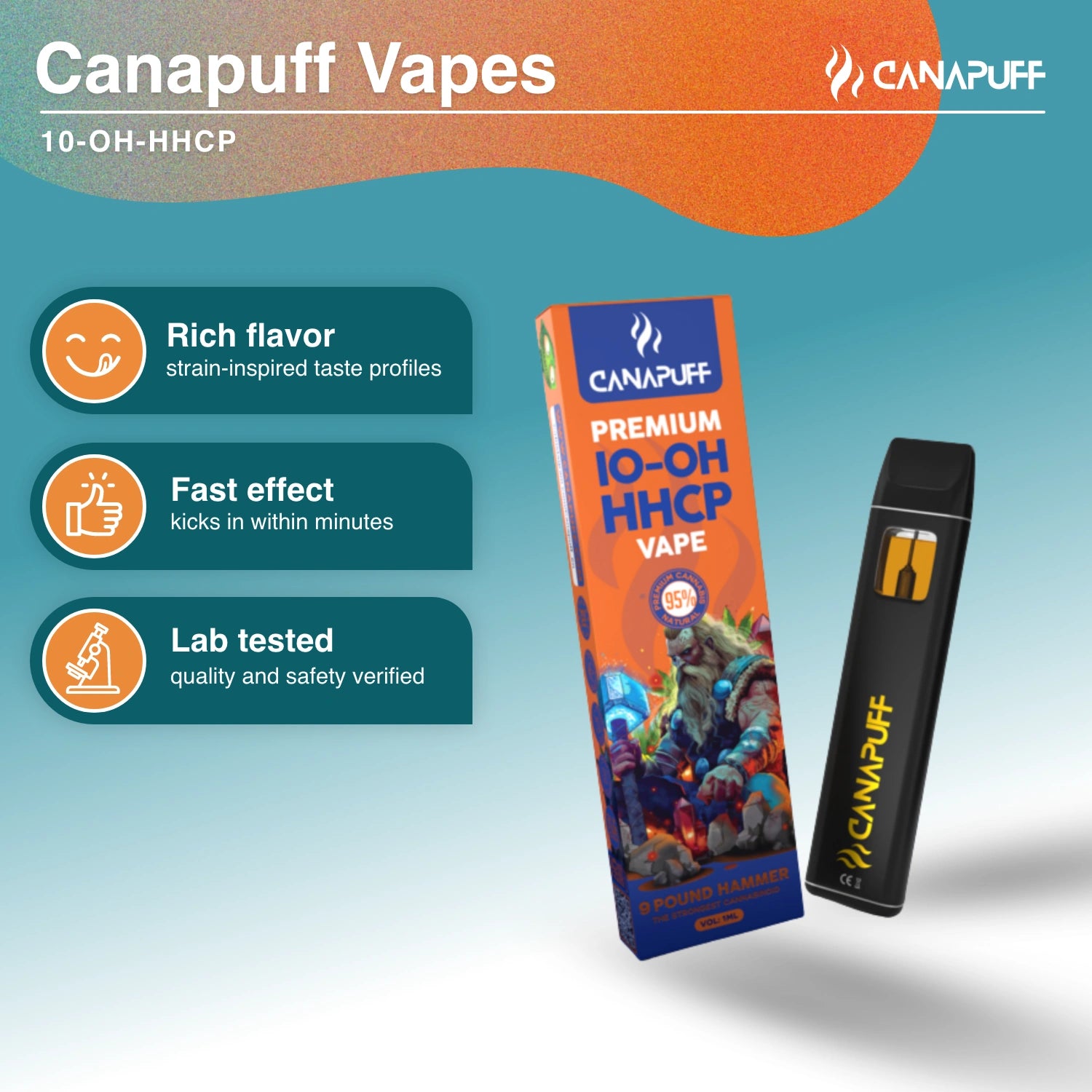




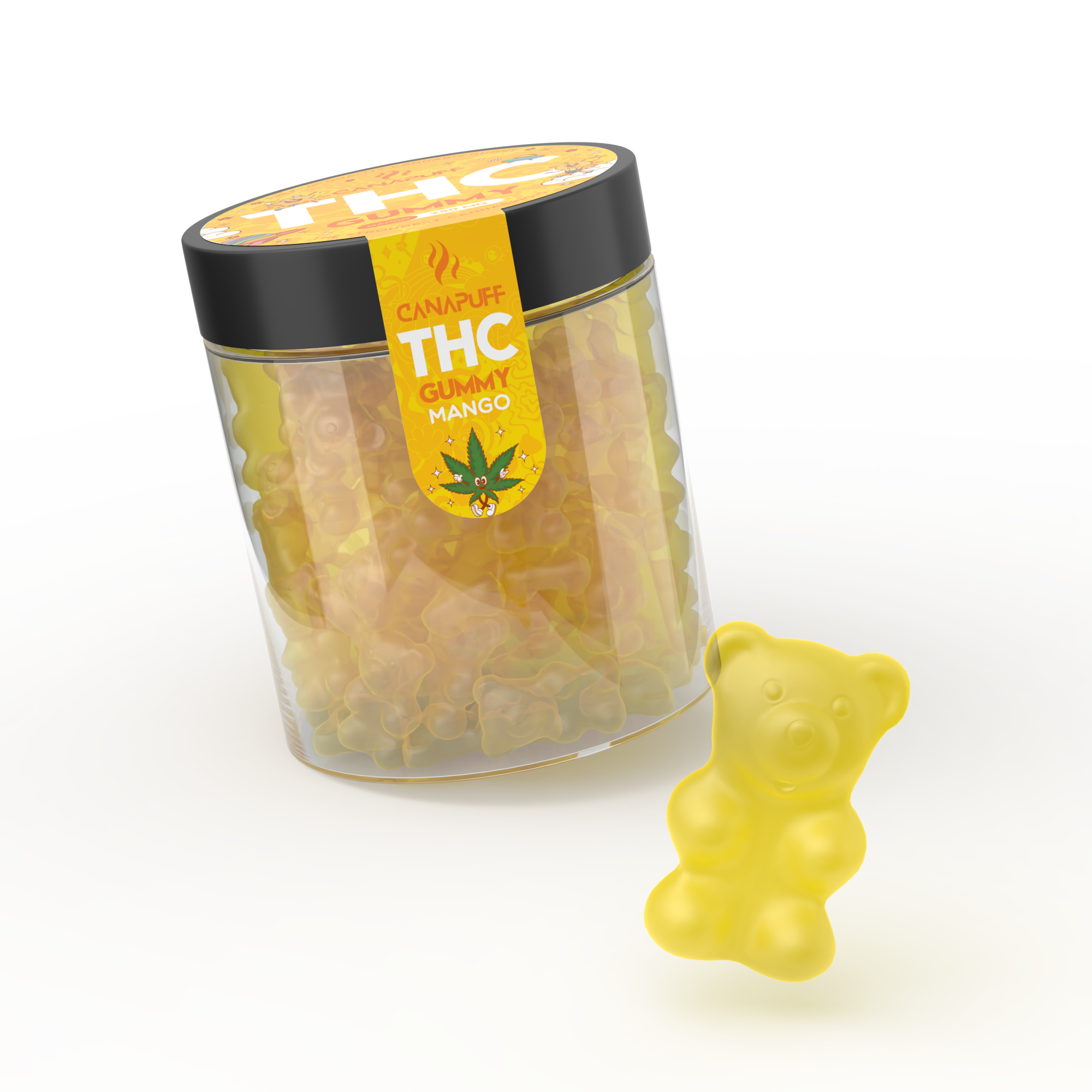



Dejar un comentario
Este sitio está protegido por hCaptcha y se aplican la Política de privacidad de hCaptcha y los Términos del servicio.